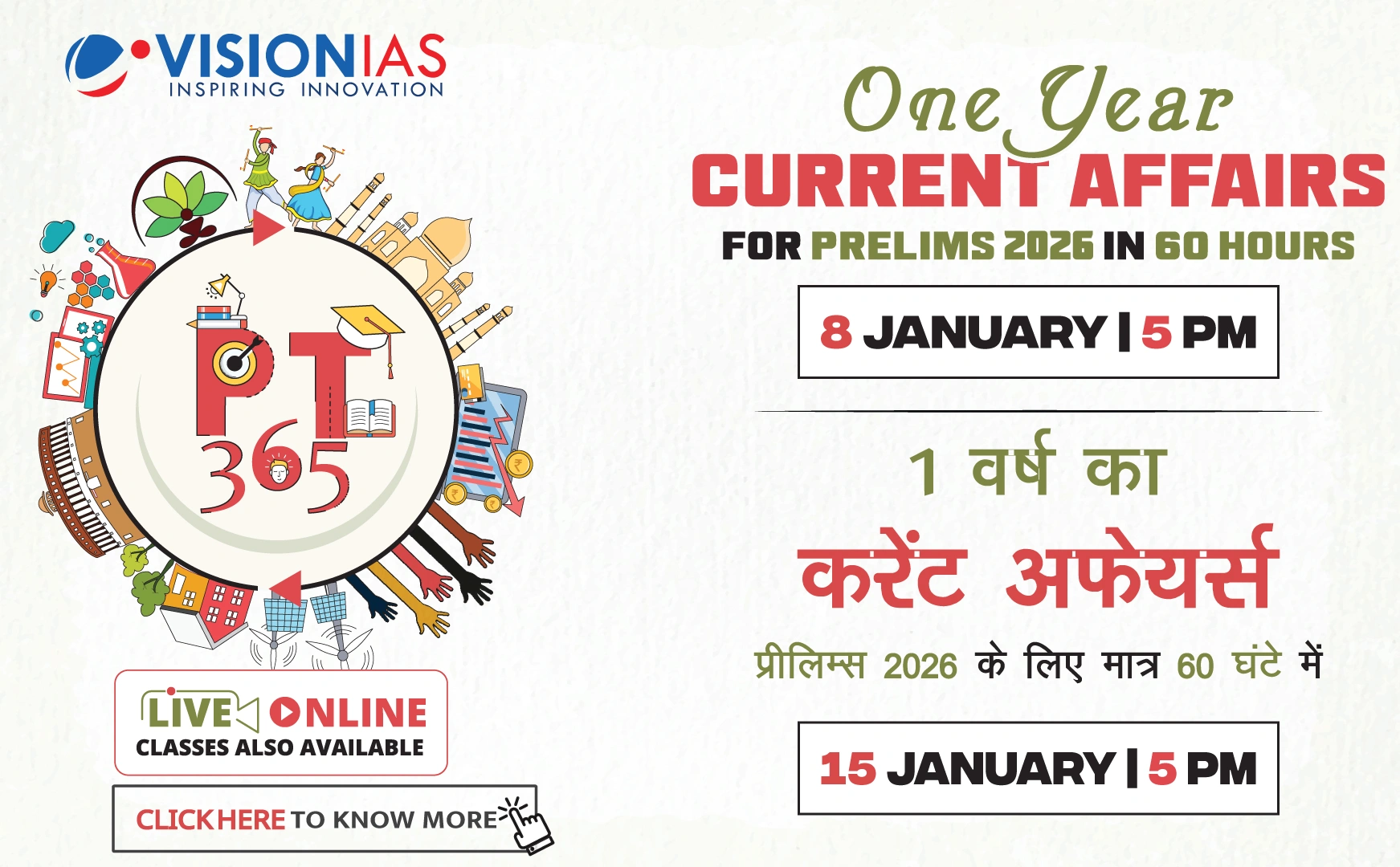Charge-Coupled Device (CCD)
A Charge-Coupled Device (CCD) is an electronic component that captures images by converting light into electrical signals. Its invention marked a significant technological milestone, impacting fields such as photography, astronomy, and medicine.
Invention and Development
- Invented in 1969 by Willard Boyle and George Smith at Bell Telephone Laboratories in New Jersey, USA.
- Originally developed while working on semiconductor technology for memory devices.
- Conceptualized during a brainstorming session, leading to the idea of "charge coupling."
- Earned the Nobel Prize in Physics in 2009 for their groundbreaking work.
Functionality
- Operates using the photoelectric effect, where light generates electron-hole pairs in semiconductors.
- Each pixel acts as a small light sensor, collecting photons and converting them into electrical charges.
- Charges are transferred sequentially across the device to be read and processed into a digital image.
- The process allows for high-quality, precise image representation.
Applications and Impact
- Photography: Enabled the rise of digital cameras, replacing film with electronic sensors.
- Security: Used in CCTV cameras for high-quality video feeds in security systems.
- Medical Diagnostics: Employed in X-ray imaging, CT scans, and endoscopy for clearer images and accurate diagnoses.
- Scientific Research: Utilized in microscopes, spectrometers, and particle detectors for detailed analysis.
- Astronomy: Became the gold standard for capturing faint and distant celestial objects, aiding in the discovery of galaxies and exoplanets.



